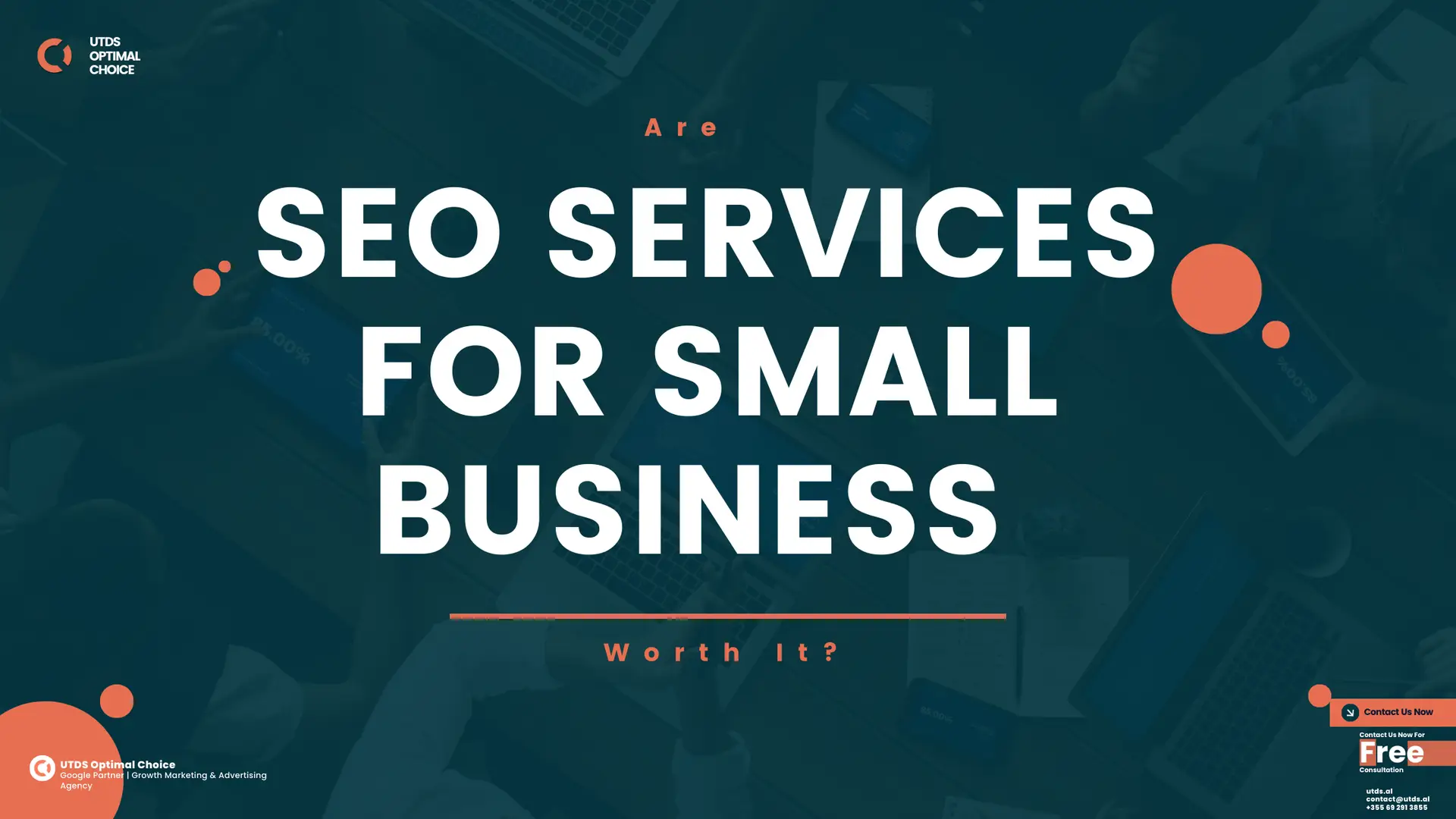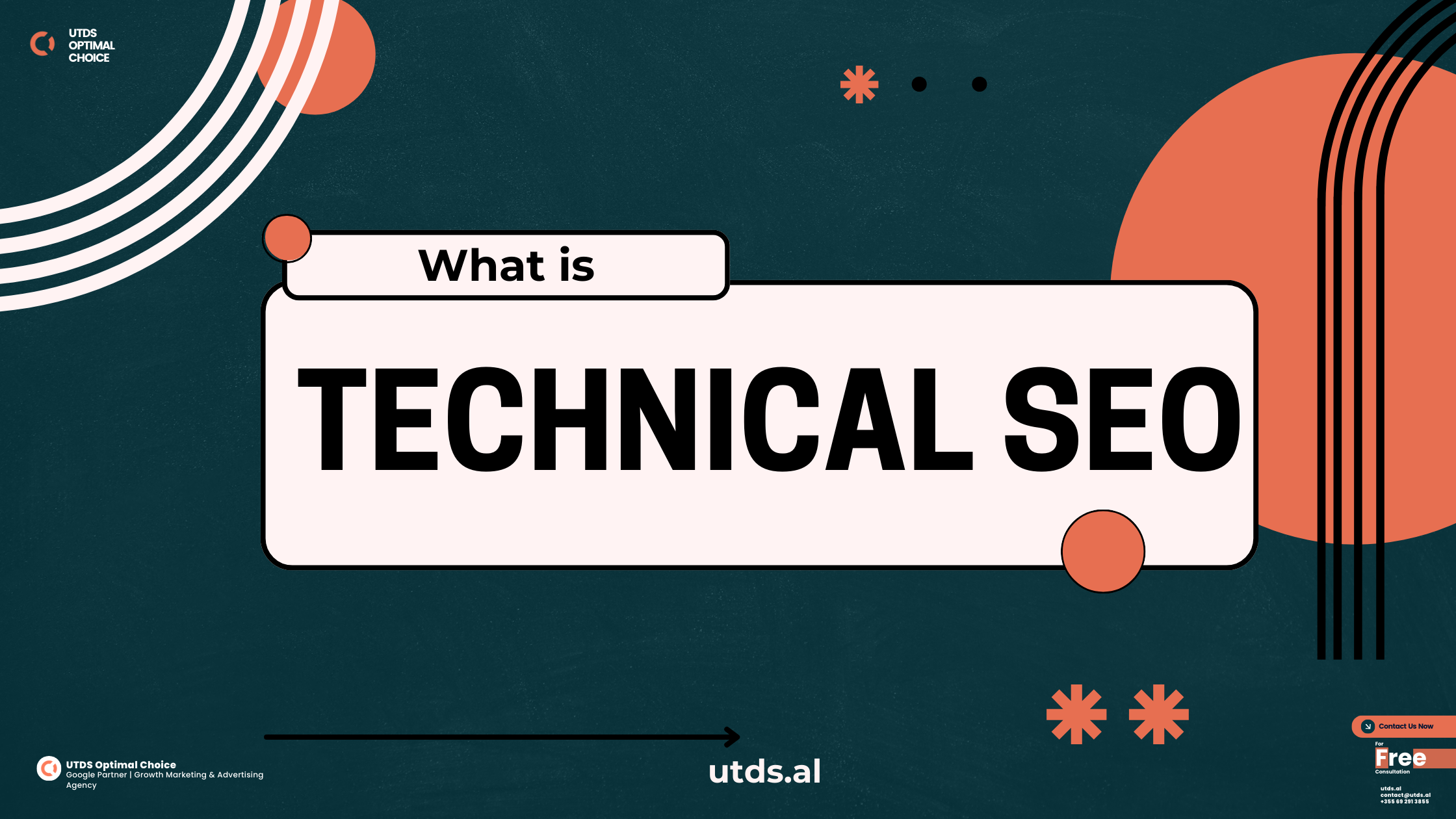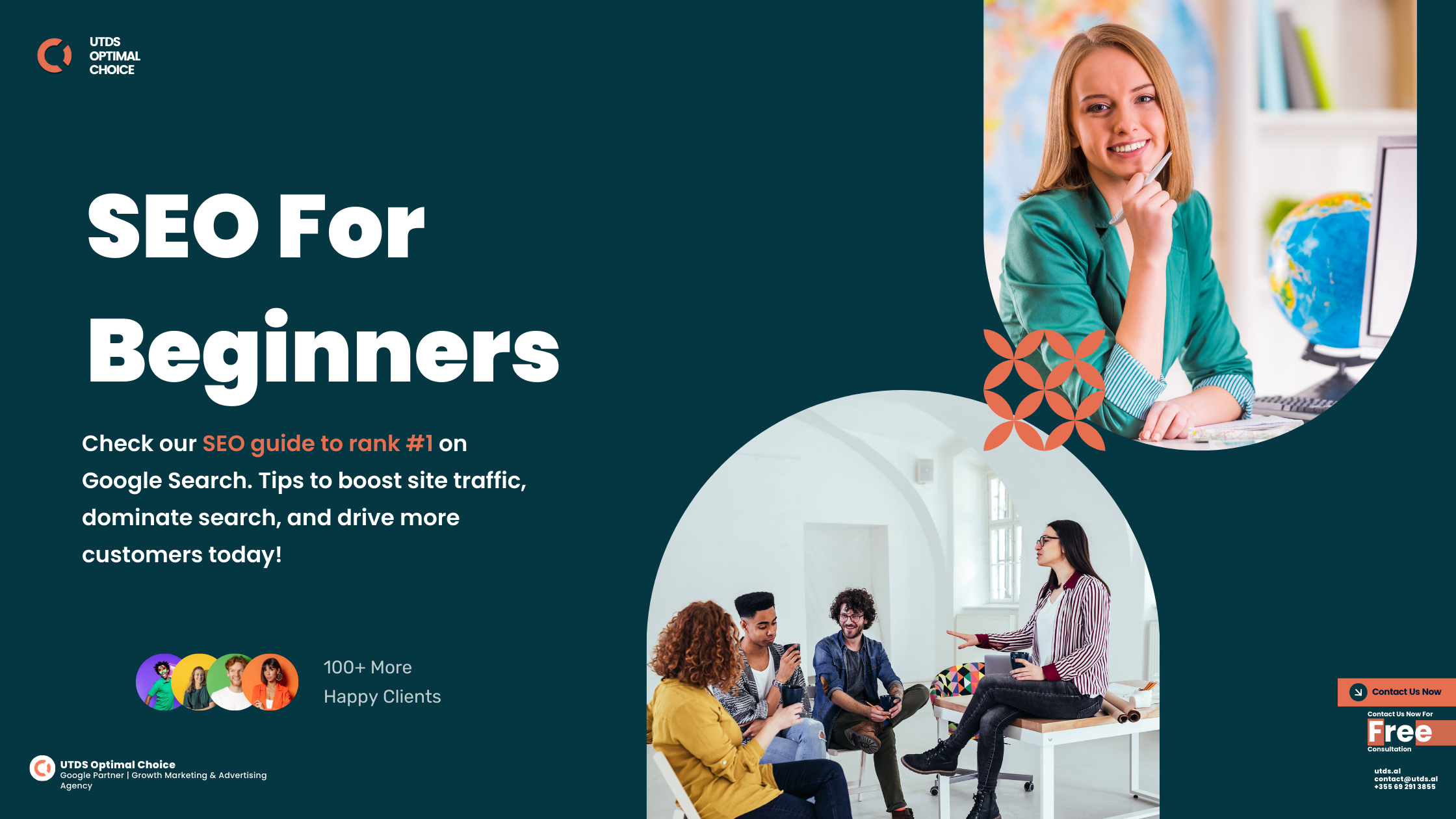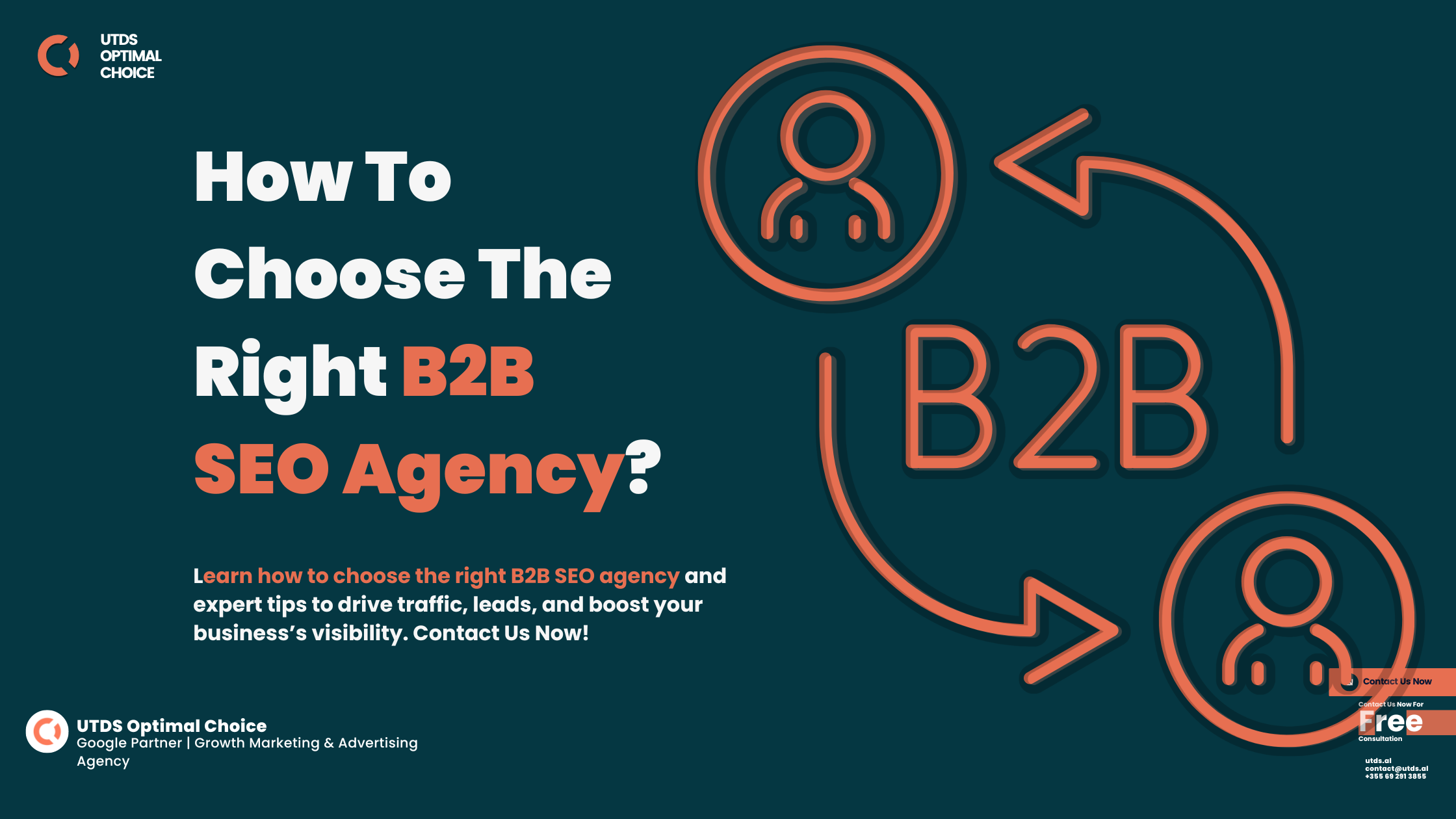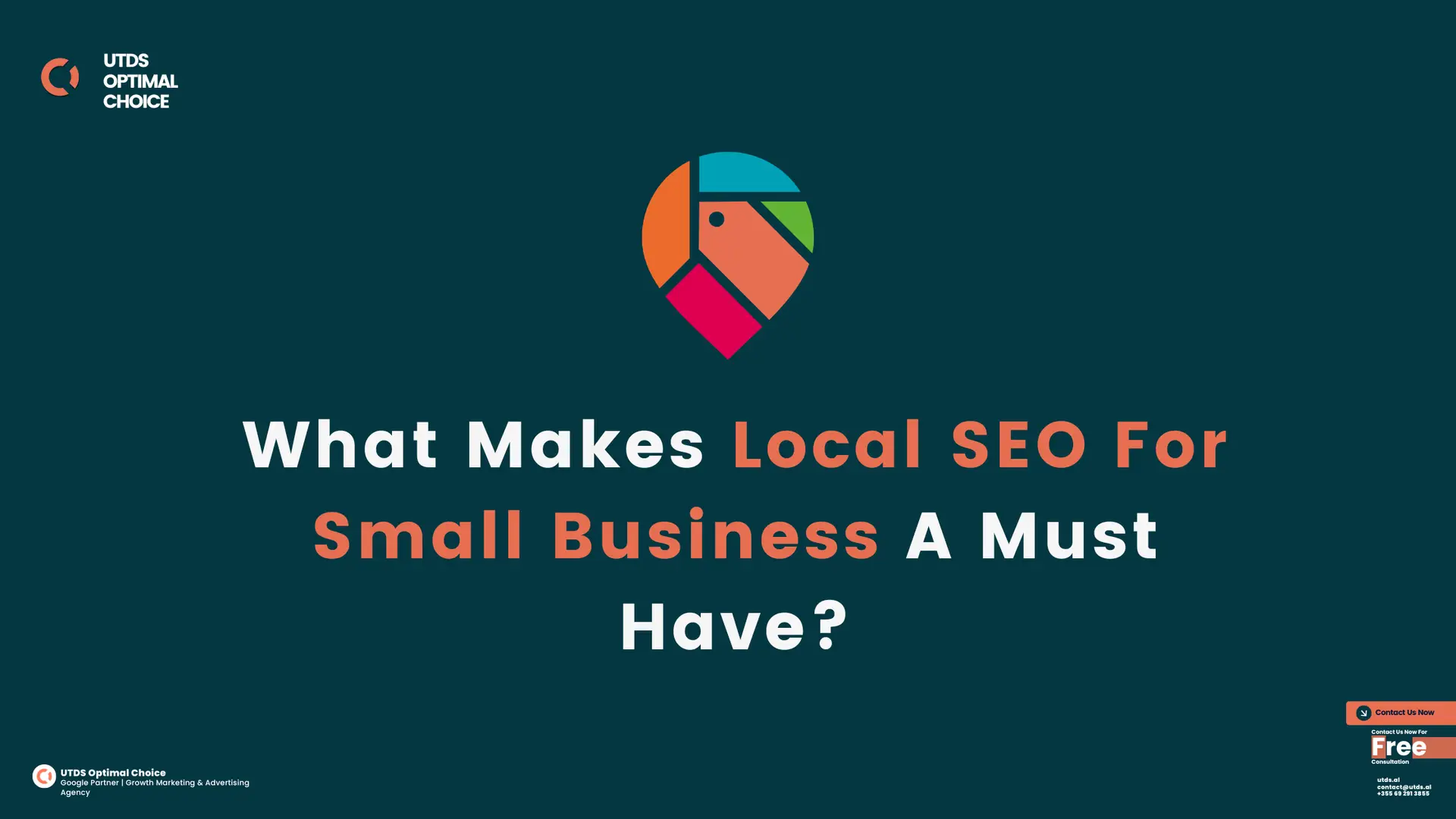We all have that one common question, Why isn’t our Website Ranking? Is our website being overlooked? Meanwhile, your competitors are getting the clicks, traffic, and customers. What are they doing differently? The answer could lie in On Page SEO Services.
On Site SEO or On Page SEO is the process of optimising your website to make it easy for search engines to understand and rank it. It’s not just about adding keywords, it’s about fixing the on page SEO factors that matter most, like fast page speeds, mobile compatibility, and content that matches search intent. Without these, your site is practically invisible.
Have you relied on free on page SEO checklists from blogs or paid for vague SEO services that didn’t explain what was done? The real solution starts with a custom on page SEO audit, which pinpoints what’s holding your site back.
You don’t need guesswork. You need clear insights and actionable steps. That’s what our on page search engine optimisation services deliver. Let’s get your site ranking where it belongs.
Ready to Optimise Your Website with On Page SEO experts? At UTDS Optimal Choice, we specialise in delivering best on page SEO services tailored to your business needs. Whether you're looking to improve your search engine rankings, boost organic traffic, or ensure your site is fully optimised for user experience, our team of experts is here to help. Contact us today for a consultation and discover how we can help you achieve better SEO results and drive more qualified leads to your website.
Are You Making These On Page SEO Mistakes?
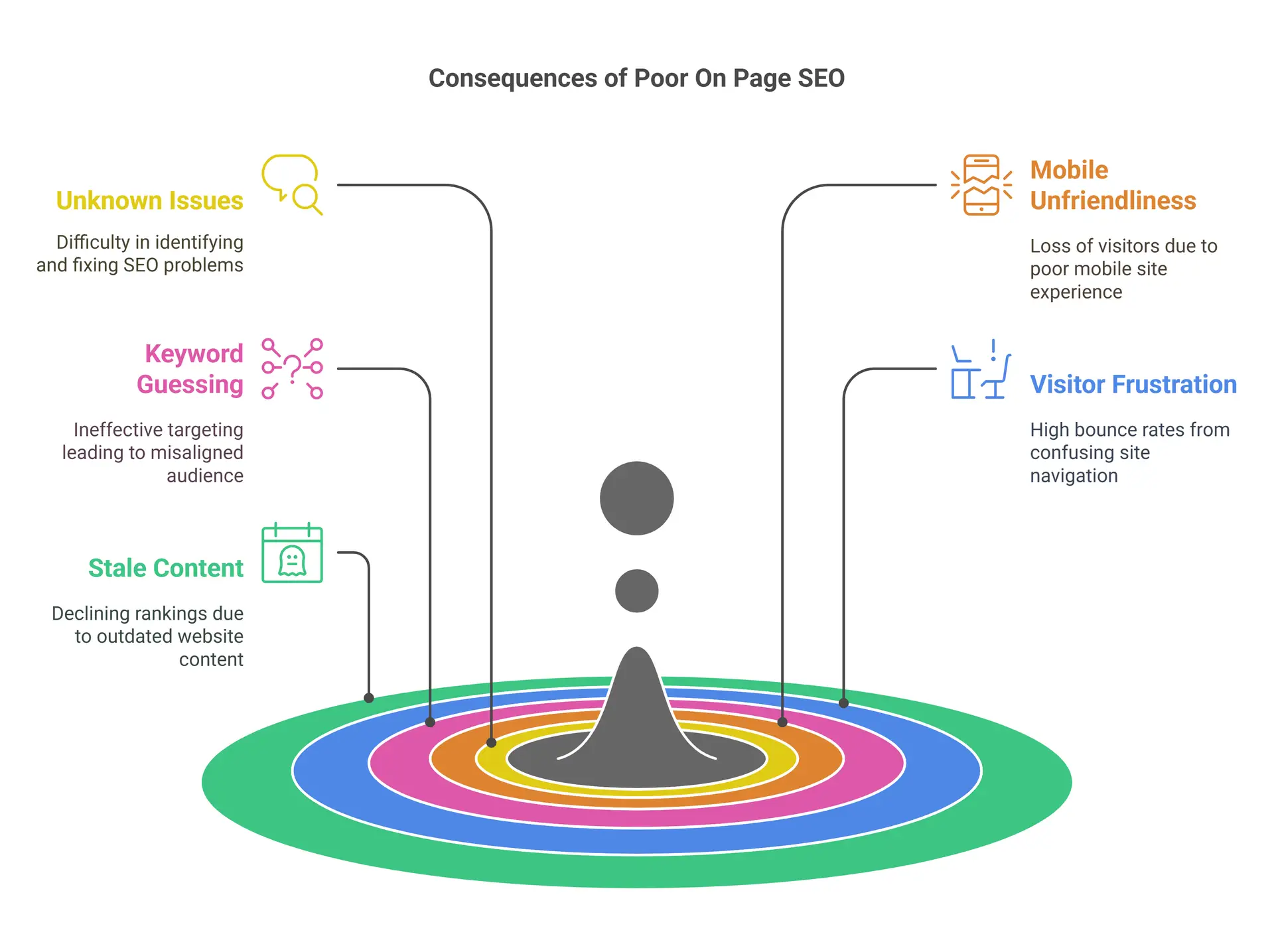
You’ve probably heard that On Page SEO Services are important, but what happens when things aren’t done right? Small businesses often make mistakes that keep their websites from ranking. Here are a few common issues we’ve seen, and likely what’s holding your website back:
You Don’t Know What’s Wrong
It’s hard to fix a problem if you don’t know where to start. Many small businesses skip a proper on page SEO audit, meaning critical issues, like slow loading pages or missing metadata, go unnoticed. If you don’t know the root cause, it’s impossible to move forward.Your Site Isn’t Built for Mobile
Check your website right now on your phone. Is it easy to use? If not, you’re losing visitors, and rankings. Google prioritises mobile friendly sites, and ignoring this key on page SEO factor could mean falling behind your competitors.You’re Guessing with Keywords
Are you using keywords because they “seem right,” or because they’re backed by research? Poor targeting or stuffing keywords into your content doesn’t just hurt your rankings, it drives away the customers you want to attract. On page search engine optimisation should always focus on user intent, not guesswork.Your Visitors Leave Frustrated
A slow, confusing, or cluttered website drives users away. Search engines notice when visitors bounce, and it hurts your rankings. Things like poor navigation or disorganised pages are easy to fix, but they’re often overlooked.You’ve Let Your Content Go Stale
Search engines reward fresh, useful content. If your website hasn’t been updated in months or years, your competitors will outrank you. Regular updates, backed by a thorough on page SEO checklist, ensure your content stays relevant.
Does any of this sound familiar? If so, it’s time to stop guessing and start fixing. Our On Page SEO Services focus on finding and addressing these issues, so your business can get back on track. Contact us now for free consultation.
Take your business to new heights with our On Page SEO Services. Schedule your free On Page SEO Audit and start seeing results today!
Contact us today for a free consultation and start seeing real results!
Want to learn the SEO Content Length TL:DR (too long; didn't read) rule to improve On Page SEO.
Is Your Content Driving Visitors Away?
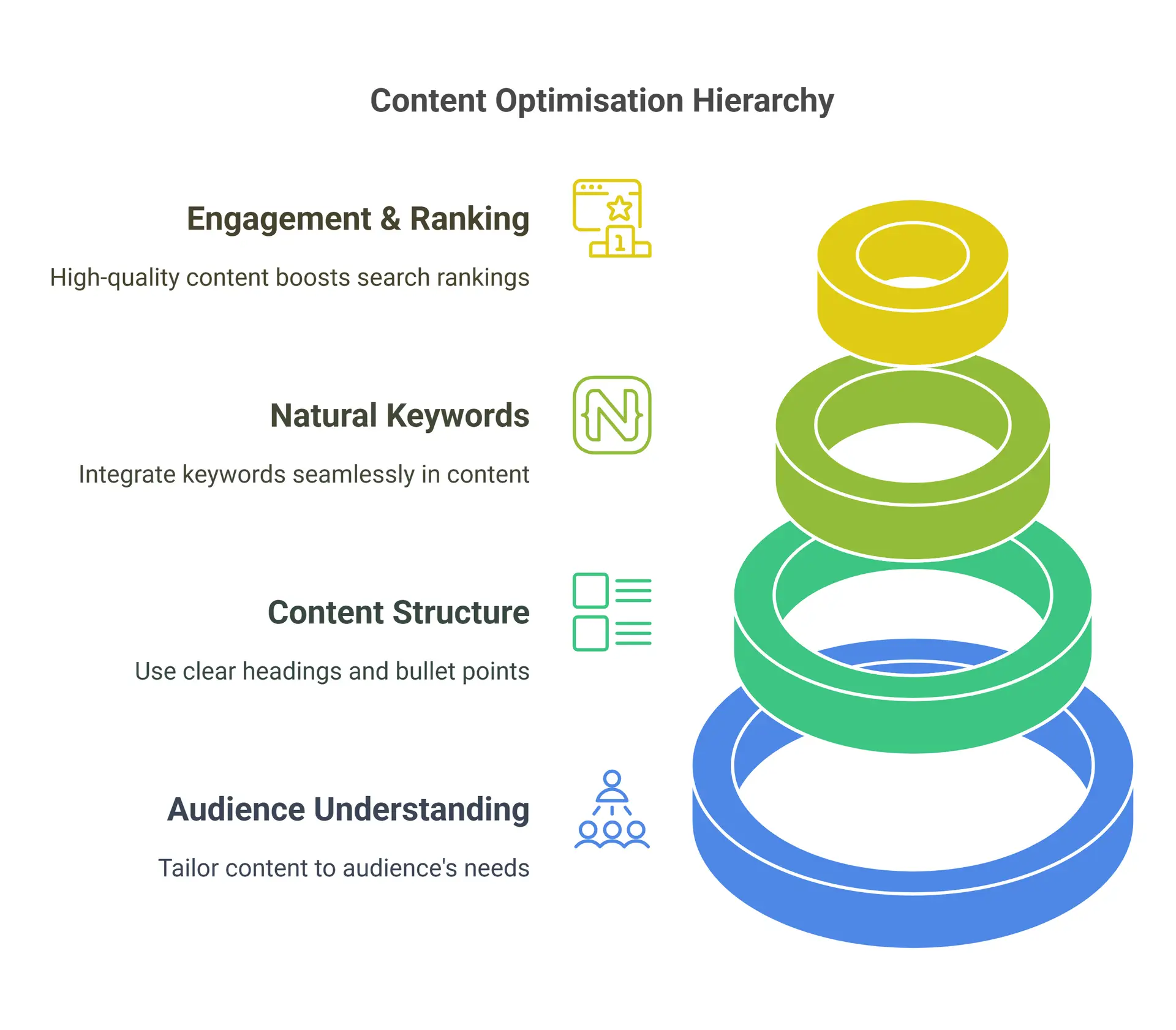
You’ve spent time making your website look good and tweaking the technical details, but;
- how often do you stop to think about the content itself?
- Does it answer your customers’ questions?
- Does it hold their attention?
- Or are they clicking the back button the moment they land?
Content is the heart of on page search engine optimisation. Search engines rank pages that solve problems and provide value to readers. If your content feels generic or irrelevant, it’s not just losing visitors, it’s telling Google your site isn’t worth ranking.
Why Content Matters More Than Ever
- Do You Speak to Your Audience? If you’re targeting small business owners, is your content written with them in mind? Do you understand their challenges, like competing with bigger companies or attracting local customers?
- Is Your Content Easy to Navigate? Readers, and search engines, love structure. Clear headings, bullet points, and relevant internal links are simple on page SEO factors that make your content user friendly.
- Are Your Keywords Natural? Stuffing keywords like “On Page SEO Services” into every sentence won’t help. Instead, weave them naturally into content that provides real answers.
What’s the Cost of Poor Content?
If your content isn’t engaging, visitors will leave. High bounce rates signal to search engines that your site isn’t worth ranking. On the other hand, high quality content improves dwell time, attracts backlinks, and converts visitors into customers. It’s not about writing more, it’s about writing better.
Struggling to create content that ranks? Our On Page SEO Services include content audits and optimisation, so you can focus on what you do best while we make sure your website works for you. Contact us now for free On Page SEO Audit.
On Page SEO Tips To Improve Your Website Rankings
Feeling Overwhelmed by On Page SEO? Start Here.
Do you ever feel like SEO is a never ending list of tasks you can’t possibly keep up with? You’re not alone. Many small business owners feel stuck, unsure of what to fix first or how to fix it. That’s why having a clear, actionable on page SEO checklist is critical. It gives you a roadmap to tackle the things that matter most.
Here’s a practical breakdown of the essentials to focus on when improving on site SEO:
Know Your Keywords, but Don’t Overdo It
Are you targeting the right keywords? It’s not about using as many as possible, it’s about using the ones your customers are searching for.
- Research terms that match your audiences intent (e.g., “local bakery near me” or “plumber in [city]“).
- Place keywords naturally in your titles, meta descriptions, and content, but avoid cramming them in everywhere.
Fix Your Titles and Meta Descriptions
These are the first things people see on Google. Are yours enticing enough to click?
- Keep your titles under 60 characters and make them descriptive. For example: “Affordable Plumbing Services in [City].”
- Use meta descriptions to give a quick, compelling summary of the page.
Is Your Website Mobile Friendly?
Check your site on your phone. Can you easily read the text, navigate the menu, and tap buttons? If not, Google will penalise your rankings. Fixing this could be as simple as updating to a responsive design or tweaking your layout.Speed Is Non-Negotiable
How fast does your website load? Visitors won’t wait, and neither will Google.
- Use free tools like Google PageSpeed Insights to find and fix slow-loading elements.
- Compress images, remove unnecessary plugins, and consider upgrading your hosting plan.
Link Your Pages Together
Do your pages guide visitors where they need to go? Internal links (like this: “Learn more about our On Page SEO Services“) help visitors navigate and search engines understand your site structure.Refresh Your Content Regularly
When was the last time you updated your website’s content? Search engines prioritise fresh, relevant pages.
- Add new blog posts, update service descriptions, or even rewrite outdated product pages to keep things current.
Don’t Ignore Your Images
Images can slow your site down, or boost it. Make sure every image is optimised.
- Use alt text to describe the image (e.g., “Plumbing tools used for repairs”), and don’t forget to compress the file size.
Overwhelmed? Let Us Simplify It for You.
We get it, this list can feel like a lot. The good news is you don’t have to do it all alone. With our On Page SEO Services, we’ll create a custom on page SEO checklist and perform a detailed on page SEO audit to identify exactly what your website needs to rank better. Let us handle the heavy lifting so you can focus on running your business. Contact us now.
Take your business to new heights with our On Page SEO Services. Schedule your free On Page SEO Audit and start seeing results today!
Contact us today for a free consultation and start seeing real results!
Do Visitors Leave Your Website Frustrated?
Have you ever wondered why your website isn’t converting visitors into customers? Maybe it looks great to you, but for your visitors, it could be a frustrating experience. Slow pages, confusing navigation, or poor mobile usability can drive people away, and when they leave, search engines take notice.
User experience (UX) isn’t just about design. It’s one of the most important on page SEO factors that determines how long visitors stay, how engaged they are, and whether they come back.
Here are the most common UX issues small businesses face, and how to fix them.
Your Website Takes Too Long to Load
Have you ever clicked on a link, waited a few seconds, and then left out of frustration? Your visitors feel the same way.
- Use free tools like Google PageSpeed Insights to test your speed.
- Optimise images and remove unnecessary plugins to improve load times.
- A slow site doesn’t just lose visitors, it tells search engines that your website isn’t providing a good experience, lowering your rankings.
Your Site Isn’t Mobile-Friendly
Try this: open your website on your phone. Is it easy to read? Are the buttons large enough to tap? If the answer is no, your visitors are leaving, and search engines are penalising you.
- Switch to a responsive design that adjusts automatically for mobile users.
- Focus on simplifying navigation and keeping layouts clean.
Google prioritises mobile friendly websites in rankings. If your competitors’ sites are mobile optimised and yours isn’t, you’re falling behind.
Visitors Can’t Find What They’re Looking For
Are your visitors digging through multiple pages to find basic information, like your services or contact details? Confusing navigation can frustrate users and cause them to leave.
- Organise your pages logically and add a clear menu at the top.
- Use internal links to guide visitors to important pages, such as your services or about us page.
Search engines rank websites higher when they’re easy to navigate because it creates a better user experience.
Your Content Doesn’t Hold Their Attention
If someone lands on your site and leaves after a few seconds, it’s often because the content didn’t speak to them.
- Break up long paragraphs with headings and bullet points.
- Regularly update your pages with fresh, relevant content that answers your audience’s questions.
Engaging content reduces bounce rates and encourages visitors to explore more pages, key factors in boosting your Website page SEO.
Your Website Feels Untrustworthy
Does your site build confidence in your business? If it lacks reviews, testimonials, or clear contact details, visitors may hesitate to reach out.
- Add customer reviews, certifications, or a “trust badge” to build credibility.
- Make your contact information easily accessible on every page.
A trustworthy site keeps visitors engaged longer, which improves rankings and encourages conversions.
Why UX Is Critical for SEO
Search engines don’t just want to show users any website, they want to show the best websites. When your site offers a great user experience, visitors stay longer, click more, and come back. That sends a clear signal to search engines: your website deserves to rank higher.
Take the Guesswork Out of UX
Improving your website’s user experience doesn’t have to be overwhelming. With our On Page SEO Services, we’ll conduct a detailed on page SEO audit to identify what’s holding your site back and provide actionable fixes to make your website a place visitors want to stay.
Maximise Your SEO with Proven On Page Techniques. Struggling to keep up with the latest on page SEO techniques and optimisation strategies? At UTDS Optimal Choice, we stay ahead of the curve to ensure your website is optimised for both search engines and users. From meta tag optimisation to content structure and internal linking, we’ve got the expertise to boost your rankings and visibility. Get in touch today and see how our on page SEO optimisation services can give your business the competitive edge it needs to succeed online.
On Page SEO vs. Off Page SEO
On page and off page SEO complement each other in boosting rankings. Their key differences are:
|
On Page SEO
|
Off Page SEO
|
|---|---|
|
Focuses on optimising individual web pages
|
Focuses on optimising individual web pages
|
|
Directly controlled by the webmaster
|
Depends on other websites linking back
|
|
Improves user experience, engagement and satisfaction
|
Improves authority and popularity metrics like domain authority and referral traffic
|
|
Includes content, keywords, site architecture, technical performance and markup
|
Includes link building, social media, online brand mentions and other external ranking signals
|
|
On-site factors like title tags, content, URL structure, internal linking and page speed
|
Off-site factors like backlinks, social media shares and local listings
|
While on page SEO sets the foundation, off page SEO and backlinks act as votes of confidence to boost rankings further. Using them together improves overall search visibility.
Step-by-Step On Page SEO Guide

How To Write Keyword Rich Title Tags
Compelling title tags prompt searchers to click and visit your page. Optimise them with:
- Primary and secondary keywords – place the primary keyword at first or in between key terms
- Power words like “tips“, “techniques“, “guide” etc.
- Brand name and page type descriptors like ” category pages“
- Numbers and dates like “2025” or “Top 10“
- Emotional words like “best“, “proven” or “helpful“
Note : Check titles of ranking pages for inspiration and keep titles under 60 characters.
For example:
Title is "5 Proven Tips to Ace On Page SEO in 2025
How To Write Meta Descriptions
Meta descriptions summarise page content and are vital for click-through rates. Best practices include:
- Incorporating primary and secondary keywords
- Establishing credibility by mentioning awards, certifications and achievements
- Using powerful words like “experts“, “easy way“, “step-by-step” etc.
- Posing questions and curiosity gaps like “Want to learn…?“
- Adding calls-to-action like “Start now“, “Read more” etc.
- Keep the descriptions under 150 characters
For example:
meta description is "Our award-winning SEO experts reveal their proven 8-steps SEO Guide”
How To Create Headings And Subheadings
Headings and subheadings make content more scannable for users and optimise content for search engines. Best practices include:
- One H1 tag with the primary keyword per page (best practice, use the title)
- Relevant subheadings using H2 and H3 tags (use primary keywords)
- Breaking up long sections of copy with descriptive headers (best practise not to use more than 3 lines per paragraph)
- Including secondary keywords in headings where relevant
Note: There is a limit to use number of header tags with primary keywords, so sprinkle them rather than stuffing the keywords. (best practice, 2 in h2 and 2 in h3, after that use secondary keyword ). Ensure headings logically structure content and improve readability.
For example:
Header Tag 1 "Power of On Page SEO In 2025""
Header Tag 2 "Importance of On Page SEO"
Header Tag 3 "On Page SEO Techniques and Optimisation"
How To Optimise URLs For Search and Users
URL structure impacts SEO and user experience. Ideal URLs are:
- Short, simple and contain the primary keyword
- Separated by hyphens with words that describe the page
- static and do not change – avoid dynamic URLs
- Free of special characters, underscores or capital letters
Note: Use 301 redirects for changed URLs to transfer link equity and avoid 404 errors. Also reindex the changed urls
For example:
https://utds.al/pump-sales-with-website-design/
How To Add Internal Links Between Relevant Pages
Internal links distribute equity within a website and help search bots navigate it. Best practices are:
- Linking to related content contextually within copy
- Using anchor text with relevant secondary keywords
- Linking to high-authority pages from new content
- Avoiding excessive use of keywords in anchor text
- Building a logical internal linking structure
Note: Never use the primary keyword as “anchor text” for internal linking or external linking. (best practice, use 10 internal links if the content is 1000 words) Adjust the number of links you want to use in the content, based on the SEO Content Length as there is Google Spam Policy for link stuffing. Link internally wherever relevant to enhance discoverability.
How To Link To Reputable External Sources
Outbound links to quality external sites improve trust and authority metrics. Ensure your external links:
- Are selective and lead to reputable domains
- Use varied anchor text with keywords where possible
- Get placed within relevant content contextually
- Point to high-quality resources related to the topic
Note: If you’re targeting audience from specific country or city, use the websites that’s relevant to the audience/country/city. Make sure the websites you link with are “relevant“. Avoid stuffing external links, use similar best practice as mentioned for the internal links. Linking with “irrelevant” website isn’t going to benefit you. Linking to authoritative .edu, .org and .gov sites is ideal.
How To Include And Optimising Images
Relevant images enhance engagement and SEO Best practices:
- Giving images clear file names containing primary keyword (best practice, use the title for the main banner and use header tags with primary keyword for secondary images)
- Writing detailed alt text with primary and LSI keywords (make sure the alt text and file names are same)
- Compressing images without losing quality (best practice, use PNG)
- Adding schema.org markup for better indexing
Note: Rather than normal images, create infographics and charts for better engagement.
How To Optimise For Performance And Page Speed
Faster page speeds improve user experience, bounce rates and SEO. Core Web Vitals metrics like LCP, FID and CLS directly impact Google rankings. Tactics to optimise speed include:
- Minimising HTTP requests through effective caching and combining of CSS/JavaScript files
- Compressing images and enabling browser caching
- Removing render-blocking JavaScript
- Optimising server response times
- Serving resources from a CDN and enabling GZip compression
Note: Measure speed with PageSpeed Insights and Lighthouse Audits. Get page load times under 2 seconds on mobile for optimal performance.
How To use Long Tail Keywords
Focus on informing and solving users query with long tail keywords in your content optimisation strategy.
Here are some common examples of long tail keywords:
- “on page seo techniques for small business websites”
- “advanced guide to on page seo optimisation in 2025”
- “how to improve page speed with on page seo best practices”
- “guide to local on page seo for multiple locations”
- “tips for optimising on page seo using wordpress in 2025”
Advanced On Page SEO Tactics
Beyond the basics, more advanced optimisation tactics include:
- Featured snippet optimisation: Craft content to target featured snippets, which appear at the top of search results.
- Structured data markup: Use schema.org markup to add more context and improve indexing. Popular types are breadcrumb markup, review snippets, events, etc.
- Optimise for voice search: Voice search results favour long-form content with natural language and conversational wording.
- Local SEO tactics: Use locally optimised page titles and content targeting nearby customers.
Take your business to new heights with our On Page SEO Services. Schedule your free On Page SEO Audit and start seeing results today!
Contact us today for a free consultation and start seeing real results!
Benefits Of An On Page SEO Audit For Small Businesses
What’s Really Holding Back Your Website? Your website looks fine, your services are great, and you’ve put in effort, but nothing’s happening. Your rankings are low, traffic is stagnant, and leads are nowhere to be found. So, what’s going wrong? The truth is, without a proper on page SEO audit, it’s almost impossible to know.
An audit is like taking your website to the mechanic, it pinpoints exactly what’s underperforming and tells you how to fix it. Here’s how it can help small businesses like yours:
Uncover Hidden Problems
Is your website slow? Are your pages missing metadata? What about broken links or duplicate content? Many issues that hurt your SEO aren’t visible at first glance.
- An on page SEO audit digs deep to uncover technical errors and areas where your website isn’t meeting search engine standards.
- Common fixes include optimising load times, cleaning up code, and ensuring every page is indexed correctly.
These errors send the wrong signals to search engines, lowering your visibility and making it harder for customers to find you.
Fix Your Keyword Strategy
Are you targeting the wrong audience? Many businesses waste time optimising for keywords that don’t attract the right customers, or any customers at all.
- An on page SEO audit reviews your keyword placement, density, and relevance to ensure your content aligns with what your audience is searching for.
- It also highlights opportunities to rank for better, higher-value keywords.
Targeting the right keywords brings in qualified traffic, not just clicks.
Improve User Experience (UX)
Are visitors leaving your site too quickly? That’s often a sign of poor UX, whether it’s slow loading times, confusing layouts, or missing mobile optimisation.
- An audit evaluates critical on page SEO factors like page speed, mobile usability, and navigation to pinpoint what’s frustrating your visitors.
- It provides actionable recommendations to keep users engaged and lower bounce rates.
Better UX means happier visitors, and higher rankings.
Adapt to the Latest SEO Standards
SEO is constantly evolving. What worked last year might not work today. Are your strategies up-to-date with current best practices?
- An audit ensures your website is optimised for new algorithms, features (like Core Web Vitals), and modern on page search engine optimisation techniques.
Staying current gives you a competitive edge and ensures long-term results.
Get a Clear Plan of Action
Does SEO feel like guesswork? An audit eliminates the uncertainty by giving you a step-by-step roadmap to improve your site.
- You’ll receive a report outlining what’s wrong, why it matters, and how to fix it, saving you time and money.
A clear plan helps you focus on what will make the biggest impact, instead of wasting resources on ineffective strategies.
Without an audit, you’re left guessing what’s wrong with your site. A professional on page SEO audit uncovers the gaps, provides solutions, and helps you get the results your business deserves. With our On Page SEO Services, we’ll do the heavy lifting for you, so you can focus on growing your business.
Why Choose Our On Page SEO Services For Small Businesses
Tired of SEO Promises That Don’t Deliver? If you’ve ever hired an SEO provider that left you guessing what they actually did, or worse, saw no results, you’re not alone. Many small businesses waste time and money on strategies that don’t work, leaving them frustrated and skeptical of SEO altogether.
At UTDS Optimal Choice, we specialise in delivering results-driven On Page SEO Services to businesses across Europe, the UK, USA, and Australia. Our expertise helps you achieve more than just rankings, we focus on driving traffic, engaging your audience, and increasing conversions.
Start with a free On Page SEO Audit, and let’s create a tailored strategy that transforms your website into a powerful tool for growth. Contact us today to take the first step toward success!
Here’s the difference: we don’t promise quick fixes. We deliver lasting results through a data-driven, customer-focused approach. When you choose our On Page SEO Services, you get a partner dedicated to your success.
We Start with Your Goals, Not Ours
Most SEO companies sell generic packages. We don’t. Your business is unique, and your SEO strategy should be too.
- We take the time to understand your audience, goals, and challenges, whether you’re focused on local traffic or online sales.
- From there, we create a customised on site SEO plan that aligns with your business priorities.
A one-size-fits-all approach won’t solve your problems. Our tailored solutions help you achieve measurable results that matter to your business.
Transparent, Data-Driven Strategies
We’re not interested in vague promises or hidden processes. With us, you’ll always know what’s happening with your SEO.
- Our detailed on page SEO audit gives you a clear snapshot of your website’s strengths, weaknesses, and opportunities.
- Every recommendation we make is backed by data and designed to drive real improvements.
You deserve to know where your money is going, and how it’s helping your business grow.
We Focus on the Experience, Not Just Rankings
SEO is more than getting to the top of Google. It’s about creating a website that keeps visitors engaged, builds trust, and converts them into customers.
- We improve navigation, mobile usability, and site speed, key on page SEO factors that boost both user experience and rankings.
- Our goal is simple: to make your website a place people want to stay.
A better experience for your visitors means better results for your business.
Expertise Backed by Results
With years of experience in on page search engine optimisation, we stay ahead of every algorithm update and industry trend. Our strategies work because they’re always up-to-date.
Affordable and Accessible for Small Businesses
SEO shouldn’t only be for big companies with big budgets. We offer affordable On Page SEO Services tailored to the needs of small businesses.
- Whether you’re just starting or need a full website overhaul, we’ll create a plan that fits your budget and delivers value.
You don’t need a massive budget to see real SEO results.
A Partner You Can Trust
We believe in building relationships, not just running campaigns. When you work with us, you’ll get consistent communication, transparent reporting, and a team that’s as invested in your success as you are. SEO can be confusing, but with a partner you can trust, it becomes a lot easier, and far more effective.
With our On Page SEO Services, you’ll get more than just higher rankings. You’ll get a website that delivers results, more traffic, more customers, and more growth for your business. Start with a free on page SEO audit, and let’s create a strategy tailored just for you. Contact us now for free consultation.

